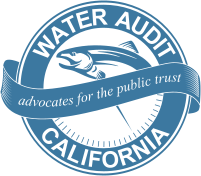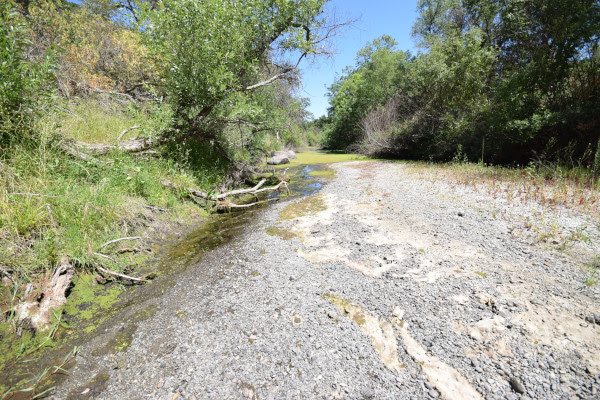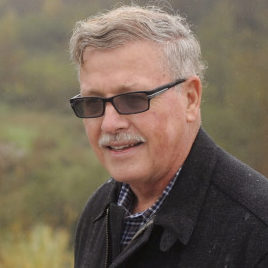On May 13, 2025, the 5th Court of Appeals of California issued an unpublished opinion which reversed a dismissal by the trial court, upheld Water Audit California’s standing as a private attorney general, and rejected the defendants’ invocation of federal pre-emption. [Full text of the ruling]
Water Audit California v. Merced Irrigation District concerns a fish ladder at the Crocker-Huffman Dam. The dam, owned Merced Irrigation District, was built on the Merced River in 1910 and has a fish ladder which as been closed since about 1972. As a result of the inoperable fish ladder, a natural spawning route for anadromous fish, like the federally-protected Central Valley steelhead, is blocked and significantly curtailed. Water Audit made several requests and demands that the fish ladder be returned to operational state, citing dam operators’ obligations under Fish & Game Code 5935 and 5937. When the MID refused, Water Audit filed suit.
While the trial court dismissed Water Audit’s claim of standing for public nuisance over a failure to enjoin indispensable parties, including several federal agencies which refused to permit themselves to be parties. The appellate court suggested that ruling was based on “legal errors” but upheld that Water Audit did not have standing because “A public nuisance- abatement action must be prosecuted by a governmental entity and may not be initiated by a private party unless the nuisance is personally injurious to that private party.”
However, the appellate court upheld Water Audit’s cause of action for traditional mandamus: “[W]here the question is one of public right and the object of the mandamus is to procure the enforcement of a public duty, the [petitioner] need not show that he has any legal or special interest in the result, since it is sufficient that he is interested as a citizen in having the laws executed and the duty in question enforced.” Recognizing that the plaintiff sought only to compel statutory compliance, and not the manner in which the duty is performed, the court of appeals found that the cause of action was permissible. Further, it found that the defendants failed to refute the mandatory nature of the duty imposed upon dam owners to keep existing fishways “in repair and open and free from obstructions.” “Whether defendant’s performance of the duty is impossible, impracticable, or otherwise legally excused are fact-based affirmative defenses that have yet to be established at trial.”
Citing the “continuous accrual doctrine”, the appellate court found that the cause of action was not time-barred because the violation was present and on-going, and thus rejected the defense’s argument that the statute of limitations had tolled in the 1970s. The trial court’s dismissal of the action for failure to cite a specific date of violation was therefore overturned.
Regarding the defendant’s assertions that the matter is a matter of federal jurisdiction, the appeals court found that “when scrutinized they contain little substance”. The court noticed a practice in which the defendant told federal agencies they were powerless because the fish ladder were state jurisdiction, and state agencies that they were powerless because the fish ladder is federal jurisdiction. The appeals court found that all of the the defendants’ claims about jurisdiction, including federal preemption, concern contested interpretations of contested facts, which “the trial court can then decide the issue on the merits, based on admissible evidence, at an appropriate stage of the proceedings”
“The judgment of dismissal is reversed. The order sustaining the demurrer to the third amended complaint and petition for writ of mandate is affirmed as to the cause of action for public nuisance and reversed as to the cause of action for traditional mandamus.”






























